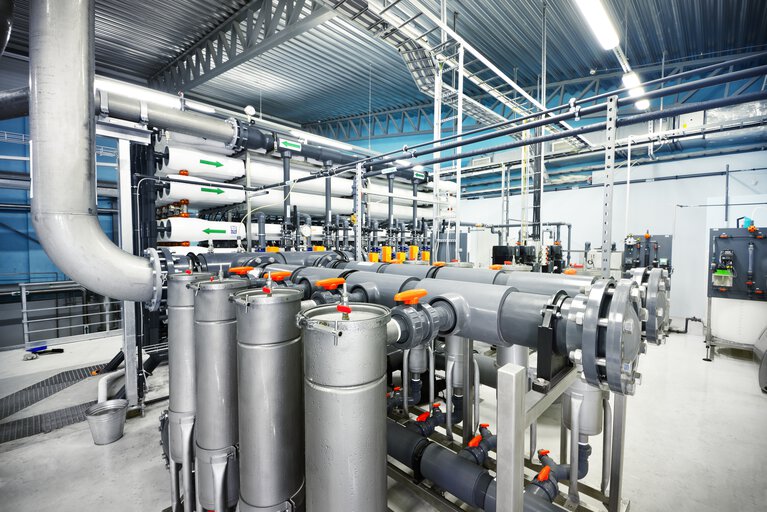
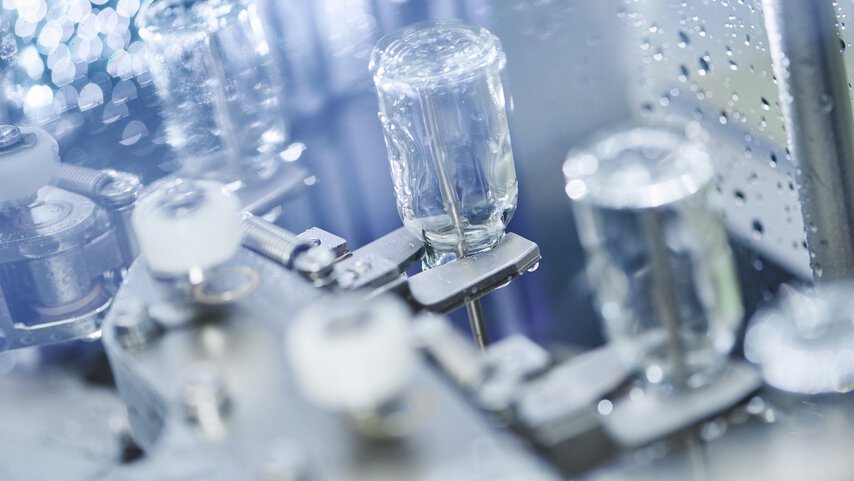
PH and conductivity control system for reverse osmosis - case study
Ultrapure water is a cornerstone of pharmaceutical, medical and biotechnology manufacturing. In our latest blog post, we provide an in-depth case study that shows how crucial water quality is to the safety and efficacy of products such as drugs, contact lenses and implants. You will learn about the challenges involved in producing ultrapure water and how precise monitoring of parameters such as pH and conductivity allows you to maintain the highest standards. Discover what technological solutions we have employed to meet industry demands and ensure production reliability. Read on to explore the knowledge that can revolutionise your production processes!
How does the quality of ultrapure water affect pharmaceutical and medical products?
Production in the pharmaceutical, medical and biotechnology industries is subject to strict standards. This also applies to water used in the manufacture of, among other things, medicines, injectables and medical products such as contact lenses or implants. Only the highest water quality can ensure the safety, purity and efficacy of the end products.
Ultra-pure water is therefore used in these industries . This high-purity water is the result of advanced treatment and filtration processes such as reverse osmosis (RO) and electrodeionisation (EDI). This removes almost all impurities, including ions, micro-organisms and organic particles. Adequate water purification is key to avoiding contamination and compliance with regulations.
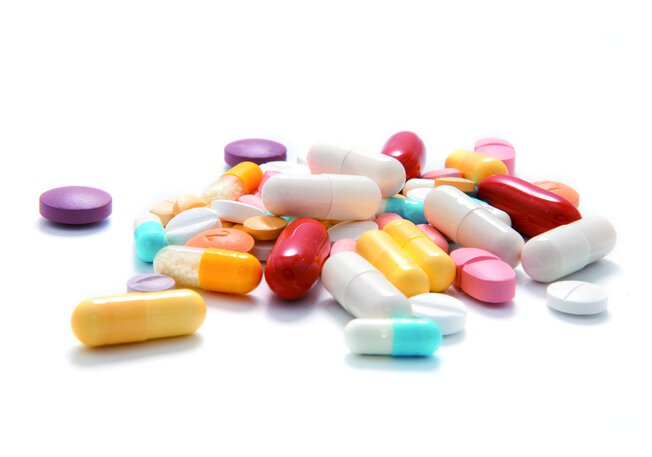
The quality of ultrapure water used in the pharmaceutical industry affects the quality of final products
Why is pH and water conductivity control crucial in pharmaceutical production?
pH control is a very important aspect in pharmaceutical production processes. The acidity or alkalinity of the water affects the chemical reactions occurring during production, the stability of the active ingredients and technological processes such as dissolution, mixing or crystallisation. For example, inappropriate pH can accelerate oxidation reactions, leading to drug degradation or reduced efficacy.
The conductivity of water is an indicator of the presence of dissolved ions such as salts, acids or bases. In the context of the production of ultrapure water, a low conductivity is extremely important as it indicates a minimal content of ionic impurities. Measuring conductivity allows monitoring the degree of water purification and controlling ion removal processes such as reverse osmosis (RO) or electrodeionisation (EDI).
What are the challenges in producing clean and ultrapure water? The customer's problem
The production of ultrapure water presents a number of challenges in maintaining its high quality. One of the key risks is the risk of microbiological and chemical contamination. Water used in the pharmaceutical and biotechnology industries must be free of micro-organisms, as their presence can lead to product contamination and potential health risks for patients. As we explained in the previous paragraph, inappropriate pH levels and water conductivity can also be a serious problem.
We were approached by a pharmaceutical customer who uses an advanced reverse osmosis (RO) and electrodeionisation (EDI) system to produce ultrapure water. One of the main challenges was to monitor critical parameters at the inlet of the RO system, such as pH value, temperature, pressure and chlorine dioxide concentration. In addition, after passing through the RO and EDI, the water quality had to be controlled by measuring the conductivity, in order to meet strict purity standards.
The customer's process required stable operating conditions, including room temperature, moderate pressure and a neutral pH. In addition, regular flushing and cleaning of the system using heated water was carried out to maintain plant hygiene . The sensors and devices used therefore had to be resistant to high temperatures, corrosion and have a hygienic design, as well as being able to display and transmit data to the control system. These elements were crucial to ensure the uninterrupted production of ultrapure water with the highest quality standards.
How to monitor pH and conductivity in RO-EDI reverse osmosis systems? Water treatment technology
In response to the customer's specific requirements, we have proposed a system of advanced sensors and devices that provide precise monitoring of key ultrapure water parameters. At the inlet to the reverse osmosis system , the feed water is monitored by pH electrodes from the JUMO tecLine HY series. The JUMO digiLine pH/ORP/T digital pH transmitter converts the signals from these electrodes into digital or analogue data, which are transmitted to the automation system, ensuring precise control of the treatment process. Temperature is also monitored at this stage, using, among other things, resistancetemperature sensors. A high-precision pressure transmitter with display JUMO DELOS SI measures the process pressure, which is crucial for the proper operation of the osmotic membranes, ensuring their protection and longevity.
Two JUMO tecLine CRconductivity sensors with an integrated temperature probeare installed to monitor the quality of the ultrapure water . One sensor is located in the permeacie (a product of the RO system) and the other in the diluent (a product of the EDI system). These measurements are key to assessing dissolved ion levels and ensuring optimal water quality.
All these measurement signals, including pH and conductivity values, are recorded by a multi-channel liquid analyser with a PID controller and a JUMO AQUIS touch P recorder. This device is installed in the plant control cabinet and is used to transmit measurement data to the master process control system. This allows the customer to monitor and control all key parameters in real time, ensuring the highest quality standards in pharmaceutical production.
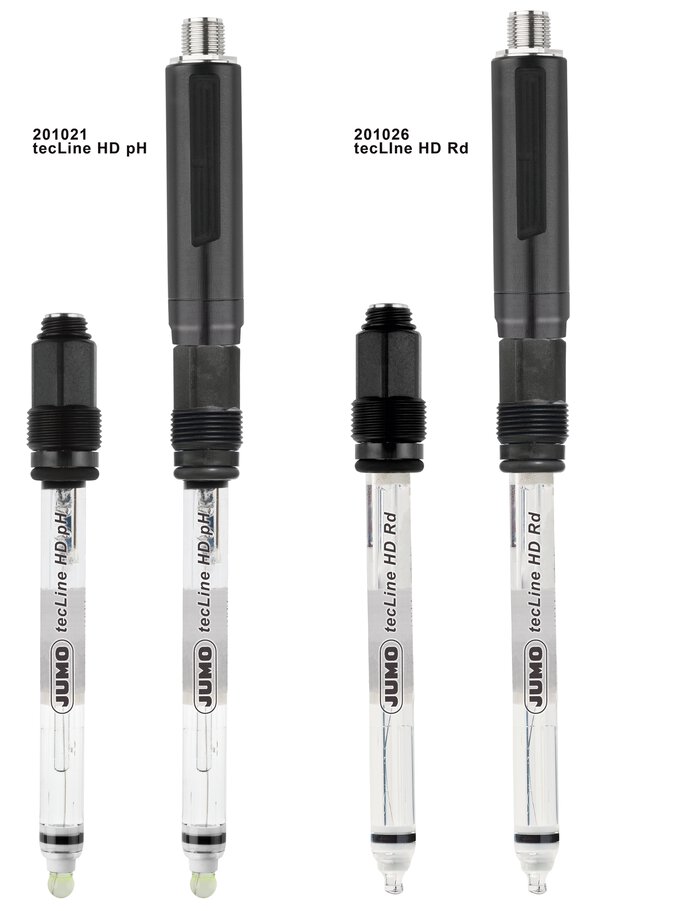
Redox combination electrodes JUMO tecLine HY (201027)
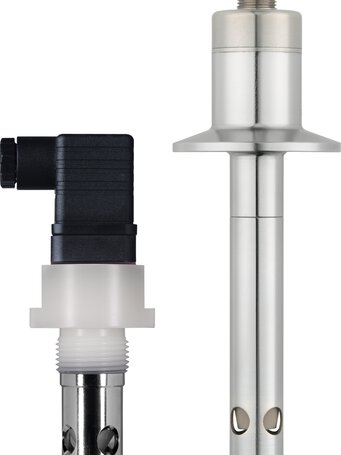
Conductive two-electrode conductivity sensor JUMO tecLine CR (202924)
Enhancing pharmaceutical product safety with accurate reverse osmosis process monitoring - customer benefits
Accurate monitoring of key process parameters, such as pH, conductivity, temperature and pressure, is essential to enhance the safety of pharmaceutical products. The client was able to maintain consistent production conditions, preventing deviations that could affect the purity and efficacy of the drugs. Constant monitoring of conductivity ensured that the ultrapure water was free of ionic contaminants, which is crucial for the production of high-quality medicines. By using the modular JUMO AQUIS touch P, it was possible to connect multiple sensors with different measurement tasks, providing an efficient and comprehensive system solution. In addition, the ability to connect analogue and digital sensors in parallel (with JUMO digiLine or Modbus RTU protocols) provided flexibility in the use of the device, enabling the system to be easily adapted to changing production needs. This approach not only enhanced the quality of the products, but also increased their safety, which is crucial for patient health and meeting strict standards and regulations.
About the author
My name is Ewelina Szmit and I have been working in content marketing for several years, combining my professional skills with my passion for writing. I am convinced that even the most technical topics can be presented in an interesting and accessible way for everyone. Outside of work, I unleash my creativity by creating newspaper collages. I like to spend my free time being active, walking my dog or running.

Technical specialist
Katarzyna Tracz - Inside Sales Engineer +48 71 339 32 86 Katarzyna.Tracz@JUMO.net +48 71 339 32 86Comments
We encourage you to leave your comments via the form below. They will be posted online once they have been approved through our review process.

